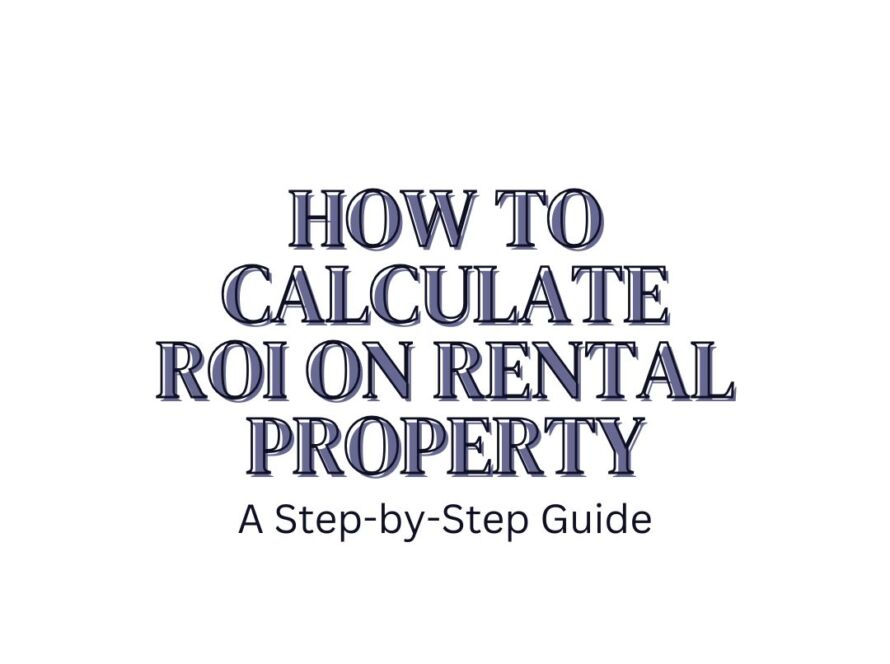Private real estate lending has emerged as an attractive investment opportunity, allowing investors to finance real estate projects while earning lucrative returns.
However, the success of these investments lies in selecting the right properties. This comprehensive guide aims to equip private lenders and real estate investors with the necessary knowledge to effectively evaluate properties for private real estate loans.

Understanding Private Real Estate Lending
Private real estate lending involves providing financing for real estate projects when traditional lending sources are unavailable or unsuitable. This alternative financing option offers several benefits for both investors and lenders.
For investors, it presents opportunities to secure funding for their projects, enabling them to acquire, develop, or renovate properties that may not qualify for traditional financing. Private lenders, on the other hand, can earn higher returns compared to traditional investments, as they are compensated for taking on additional risk.
Key Criteria for Property Evaluation
Thorough property evaluation is crucial in private real estate lending to mitigate risks and maximize potential returns. Several key criteria should be considered during the evaluation process:
Property Location
The adage “location, location, location” holds true in real estate investing. A property’s location can significantly impact its value, rental potential, and overall desirability. When evaluating a property, consider the following factors:
– Neighborhood Quality: Assess the neighborhood’s safety, amenities, schools, and overall reputation. Properties in desirable neighborhoods tend to appreciate in value and attract quality tenants.
– Proximity to Amenities: Evaluate the property’s proximity to essential amenities such as shopping centers, transportation hubs, parks, and employment centers. Convenient access to these amenities can increase demand and rental rates.
– Future Development Plans: Research any planned developments or infrastructure projects in the area that could positively or negatively impact the property’s value and desirability.
Property Condition and Structure
A property’s physical condition and structural integrity are crucial factors to consider. Thoroughly inspect the following aspects:
– Foundation: Examine the foundation for any cracks, settling, or other signs of structural issues that could require costly repairs.
– Roofing: Assess the age and condition of the roof, as a new roof can be a significant expense.
– Plumbing and Electrical Systems: Ensure that the plumbing and electrical systems are up to code and in good working condition, as updates can be costly.
– Overall Condition: Evaluate the property’s overall condition, including flooring, walls, windows, and any necessary renovations or repairs.
Market Value and Potential Appreciation
Evaluating the property’s current market value and potential for appreciation is essential for maximizing returns on investment. Consider the following:
– Current Market Value: Obtain a professional appraisal or conduct a comparative market analysis to determine the property’s current fair market value.
– Potential Appreciation: Analyze factors such as population growth, economic development, and housing demand in the area to gauge the property’s potential for appreciation over time.
Financial Performance Metrics
Assessing the financial performance of the property is crucial for determining its viability as an investment. Key metrics to consider include:
– Rental Yield and Income Potential: Evaluate the property’s potential to generate rental income based on comparable properties in the area. Consider factors such as vacancy rates and potential rent increases.
– Cap Rate: Calculate the capitalization rate (cap rate) by dividing the property’s net operating income by its purchase price. A higher cap rate generally indicates a better return on investment.
– Cash Flow: Analyze the property’s projected cash flow by subtracting expenses (e.g., mortgage payments, taxes, insurance, maintenance) from the rental income. Positive cash flow is essential for a profitable investment.
– Return on Investment (ROI): Calculate the potential ROI by considering the property’s purchase price, expected rental income, and potential appreciation over time.
Legal and Regulatory Considerations
It’s crucial to consider legal and regulatory factors that could impact the property’s value and potential for investment. Evaluate the following:
– Zoning Laws: Ensure that the property’s current and intended use complies with local zoning laws and regulations.
– Property Regulations: Research any specific regulations or restrictions that may apply to the property, such as homeowners’ association rules or historic preservation guidelines.
– Potential Legal Issues: Identify any potential legal issues that could arise, such as boundary disputes, easements, or liens on the property.
Tools and Resources for Property Evaluation
To streamline the property evaluation process, leverage the following tools and resources:
– Property Inspection Tools: Utilize specialized tools like moisture meters, thermal imaging cameras, and drones to inspect hard-to-reach areas and identify potential issues.
– Online Real Estate Databases: Access online databases like Zillow, Redfin, or local multiple listing services (MLS) to obtain property information, comparable sales data, and neighborhood insights.
– Real Estate Investment Analysis Software: Utilize software solutions like DealCheck, PropertyMetrics, or REICalc to analyze financial metrics, cash flow projections, and investment scenarios.
Case Studies
To illustrate the importance of thorough property evaluation, consider the following case studies:
1. Successful Investment: A private lender conducted a comprehensive evaluation of a multi-family property in an up-and-coming neighborhood. The property’s location, strong rental demand, and potential for appreciation made it an attractive investment. After carefully analyzing the financials and mitigating potential risks, the lender provided funding for the acquisition. Within three years, the property’s value increased by 25%, and the investor realized a significant return on investment.
2. Overlooked Issues: A real estate investor failed to conduct a thorough property inspection and overlooked significant structural issues with the foundation and roof. After acquiring the property with private financing, the necessary repairs consumed a substantial portion of the budget, significantly reducing the potential return on investment. Proper due diligence could have identified these issues and prevented this costly mistake.
Conclusion
Evaluating properties for private real estate loans requires a comprehensive approach that considers various factors, including location, property condition, market value, financial performance, and legal and regulatory considerations. By following the guidelines outlined in this guide and leveraging the appropriate tools and resources, private lenders and real estate investors can make informed decisions and increase their chances of success in the lucrative world of private real estate lending.
Remember, knowledge is power, and MBM offers a wealth of resources and training programs to help you navigate the intricacies of private real estate lending. Stay up-to-date by subscribing to our newsletter for the latest tips, insights, and industry updates.



